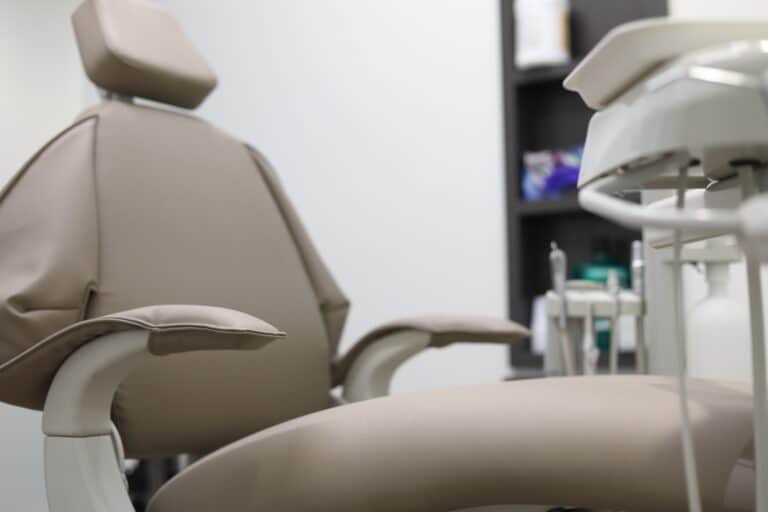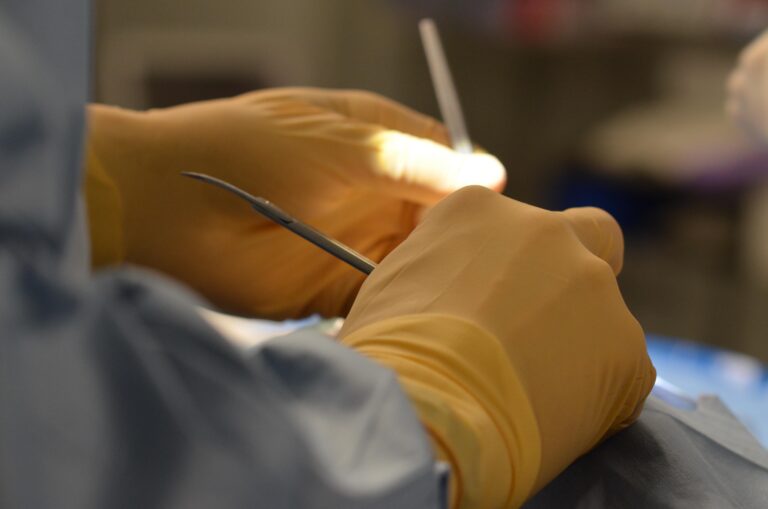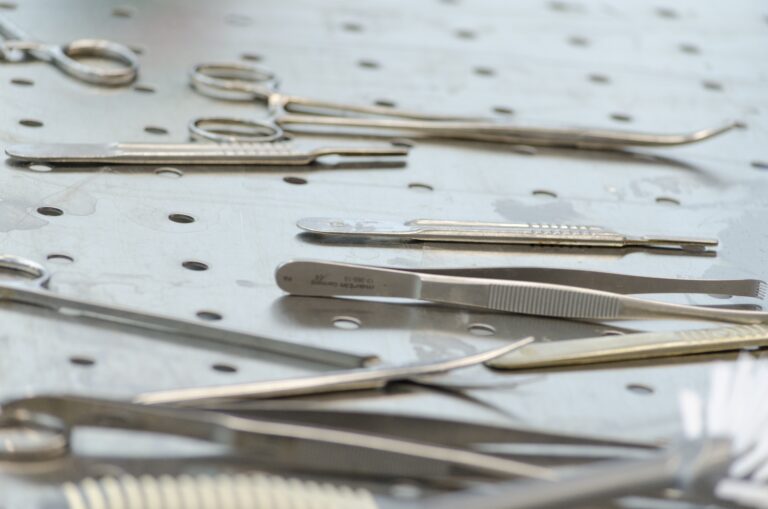Symptoms of an Ingrown Toenail
Pain and tenderness
The skin around the affected toenail may feel sore and tender, particularly when pressure is applied to the toe.
Swelling
The area around the ingrown part of the toenail may swell and become inflamed.
Redness and warmth
You may notice redness or warmth around the ingrown toenail, indicating inflammation.
Infection
If the toenail breaks the skin, it can lead to infection, causing pus or fluid to drain from the toe.
What is an Ingrown Toenail?
An ingrown toenail occurs when the edge of a toenail grows into the surrounding skin, causing pain, redness, and swelling. If left untreated, it can lead to infection and severe discomfort. Ingrown toenails are most commonly seen in the big toe and can affect individuals of all ages.
Enquire Now About Ingrown Toenail Removal
Causes of Ingrown Toenails
Several factors can increase the likelihood of developing an ingrown toenail:
Improper toenail trimming
Cutting toenails too short or rounding the edges can encourage the nail to grow into the skin.Tight footwear
Shoes that are too tight or narrow can put pressure on the toes, leading to ingrown toenails.Injury to the toe
Stubbing your toe or injuring your toenail can increase the risk of it becoming ingrown.Genetics
Some people are more prone to ingrown toenails due to the natural shape of their nails or toes.





Our Ingrown Toenail Removal Service
At Hoveton Clinic, we offer professional ingrown toenail removal to provide relief from pain and prevent further complications. Our experienced practitioners carefully assess the severity of your condition and recommend the best treatment option to restore comfort and prevent recurrence.
Ingrown Toenail Removal Procedure
We offer several treatment options based on the severity of the ingrown toenail:
Partial nail removal
In many cases, only the portion of the nail that has grown into the skin needs to be removed. This provides immediate relief while preserving the rest of the nail.Total nail removal
For severe or recurring cases, the entire toenail may be removed. The nail may be permanently prevented from regrowing using a chemical treatment if necessary.Preventative care and advice
After treatment, we provide advice on proper nail care to reduce the risk of recurrence, including instructions on trimming nails and recommendations for appropriate footwear.
Contact Us
To learn more about our services or to schedule an appointment, contact Surgicentre in Hoveton, Norwich today. Our friendly staff will be happy to assist you in finding the right treatment to restore your smile.
Ingrown toenail removal is a safe procedure for most people. However, inform us if you have any of the following:
Circulatory problems
Conditions such as diabetes or poor blood flow to the feet may affect healing after the procedure.Active infection
If your toe is severely infected, additional treatment may be required before removing the nail.Allergies to anaesthesia
If you have any known allergies to local anaesthetics, we need to be informed prior to treatment.
1. What causes ingrown toenails?
Ingrown toenails often result from improper toenail trimming, wearing tight or poorly fitting shoes, toe injuries, or genetic factors that affect the shape of your nails.
2. How do I know if my ingrown toenail is infected?
Signs of infection include increased pain, swelling, redness, warmth, and the presence of pus or drainage from the affected toe. If you suspect an infection, it’s important to seek medical attention.
3. Is ingrown toenail removal painful?
The procedure is performed under local anaesthesia, so you should not feel pain during the removal. You may experience mild discomfort after the procedure as the toe heals, but this can usually be managed with over-the-counter pain relief.
4. How long does it take to recover from ingrown toenail removal?
Recovery typically takes a few days to a week, depending on the severity of the ingrown toenail and the type of procedure performed. We will provide detailed aftercare instructions to promote proper healing.
5. Can an ingrown toenail grow back?
6. How can I prevent ingrown toenails from recurring?
Proper toenail care is key to preventing recurrence. Always cut toenails straight across, avoid rounding the edges, and wear comfortable shoes that do not squeeze your toes. We will provide detailed guidance on nail care during your consultation.
7. Can I remove an ingrown toenail at home?
While some mild ingrown toenails can be managed at home with soaking and proper nail trimming, severe or infected ingrown toenails require professional treatment to prevent complications.
8. Will I need to take time off work or sports after the procedure?
Most people can return to work or normal activities within a day or two after treatment, but you may need to avoid strenuous activities or sports that put pressure on the toe for a short time.
9. What should I do if my ingrown toenail is causing severe pain?
If you’re experiencing severe pain from an ingrown toenail, it’s important to seek professional treatment to prevent infection and further complications.
10. Can ingrown toenails affect people with diabetes?
Yes, individuals with diabetes are at higher risk of complications from ingrown toenails due to reduced circulation and delayed healing. It’s important for people with diabetes to seek prompt medical care for any foot-related issues, including ingrown toenails.
